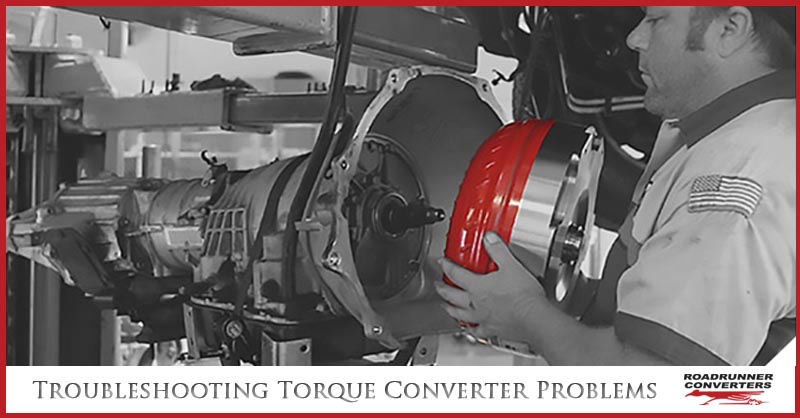If you are searching “troubleshooting torque converter problems” you’re probably dealing with an old converter that might need to get replaced There are a lot of questions on the net about torque converters and we have answered many of them such as “what is stall speed?” and all about high stall torque converters. This post is designed to help you troubleshoot problems with your torque converter.
New Torque Converter Troubleshooting
If you have just bought and installed a new torque converter and you’re having problems it can be frustrating. Read below about the most common torque converter problems and how to solve them.
Torque Converter Problem: Poor Acceleration
If you installed a new torque converter and are experiencing poor acceleration due to low stall speed, here are some solutions you can try.
Solution 1: Check The Camshaft
The cam shaft range needs to match the stall range of the torque converter. In most cases the stall speed is meant to be about 500 rpm higher than the starting rpm of the cam shaft. If this is the problem with your vehicle you will need to get a new camshaft or choose a different torque converter that matches the specs.
Solution 2: Check The Gear Ratio
The new converter needs to compliment the vehicle’s gear ratio. Gear ratios are designed to match how much energy it takes to make your car move. Higher numerical gear values should be matched with lower flash stalls. 3.42 ratios are good for higher stall speed torque converters, so if you have a higher gear ratios you will need a lower stall torque converter.
Solution 3: Check Vehicle Weight
Heavier vehicles will need higher stall speeds, and lighter vehicles will need lower stall speeds. There is a chance you have chosen a torque converter that isn’t right for your vehicle’s weight. If your vehicle is light weight, especially if its weight has been reduced for racing you should consider a different torque converter that will match your curb weight better.
Solution 4: Check Engine Torque
The torque your engine puts out has a huge effect on stall speed. The difference in stall speed between a small and big block engine can be as much as 500 rpm higher for the higher torque engine. This is due to larger higher torque engines producing more low-end torque which must be matched by the torque converter’s stall speed. You need to look up your manufacturer’s specs for your engine’s torque or go by dyno testing to get an accurate idea of how much torque your engine is putting out. The stall speed should be about 500-750 below the engine’s peak torque rpm. It is better to err on the side of being conservative on your engine’s torque if you don’t specifically know its specs. The problem with overestimating your torque is you might have a converter that has a stall speed which is too low.
Choosing The Right Torque Converter
If you haven’t yet bought your torque converter or are having trouble with one we can help! Choosing the right torque converter for your vehicle, gear ratio, weight, torque, and camshaft along with other variable can be challenging. For help in picking the right torque converter for your set up please get in touch with your torque converter experts. We produce the highest quality torque converters for all applications. From towing and racing to replacement and the best miles per gallon we have a solution that is best for your vehicle.
Call Today – 602-437-2301





